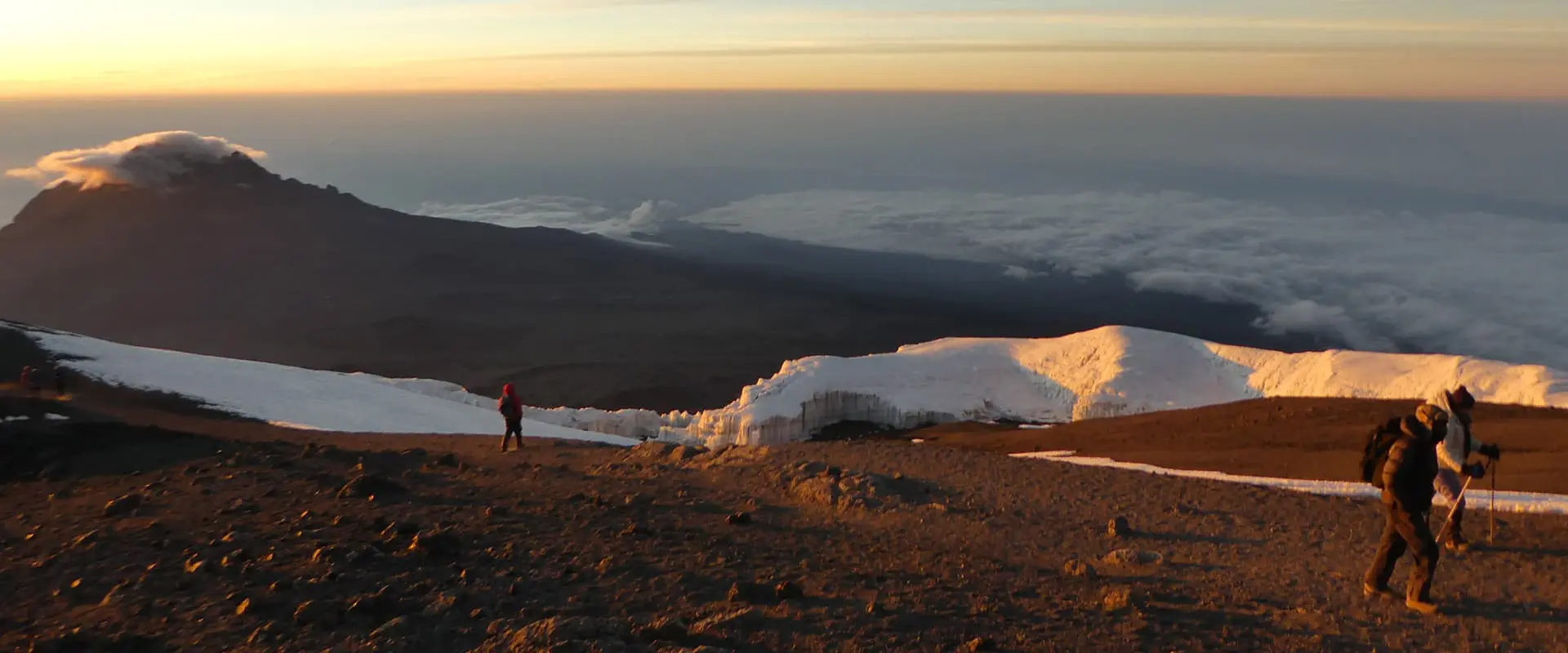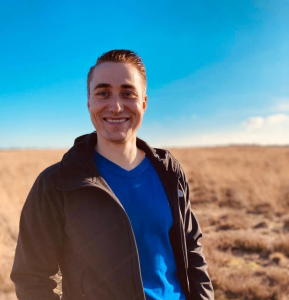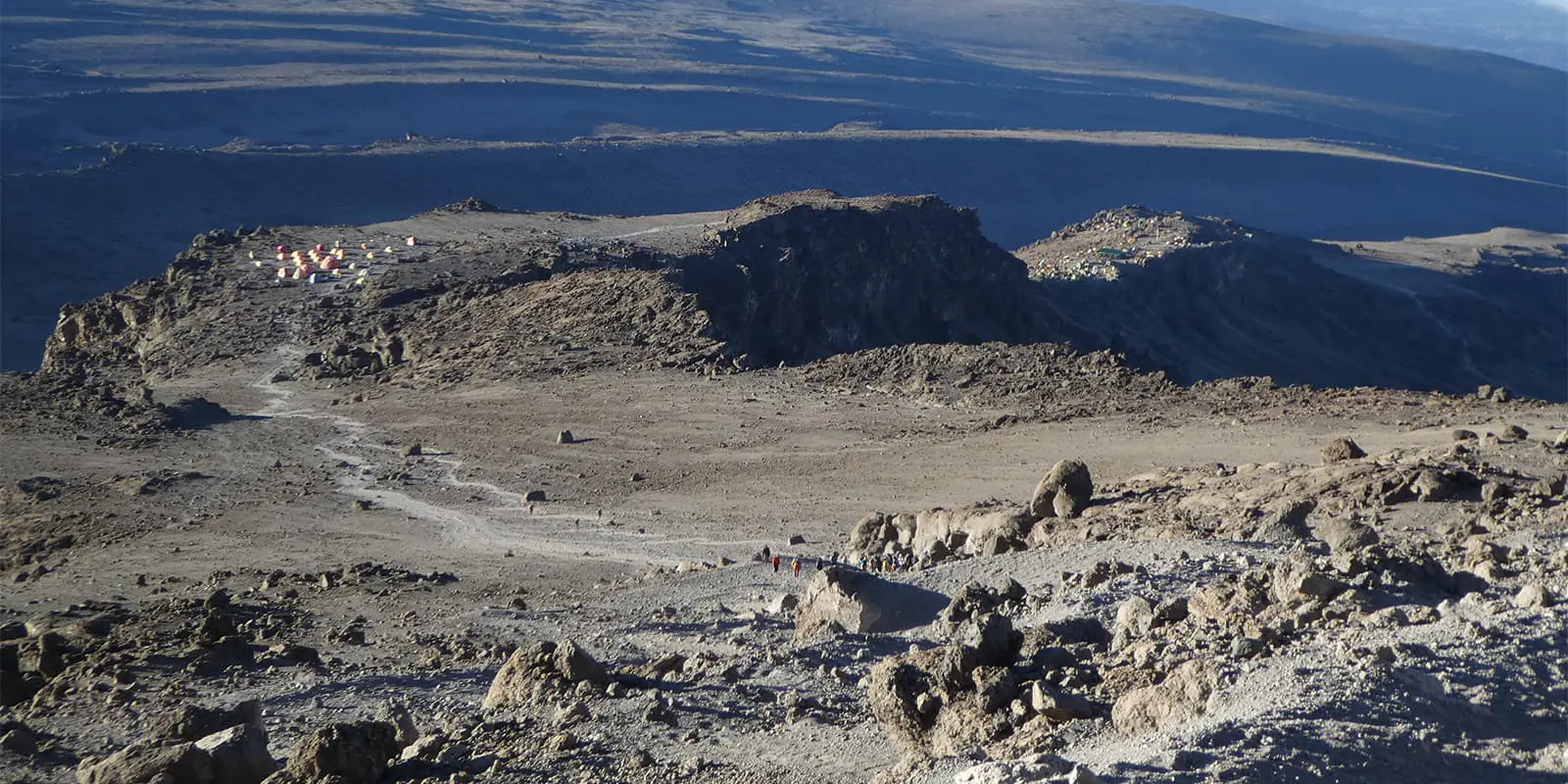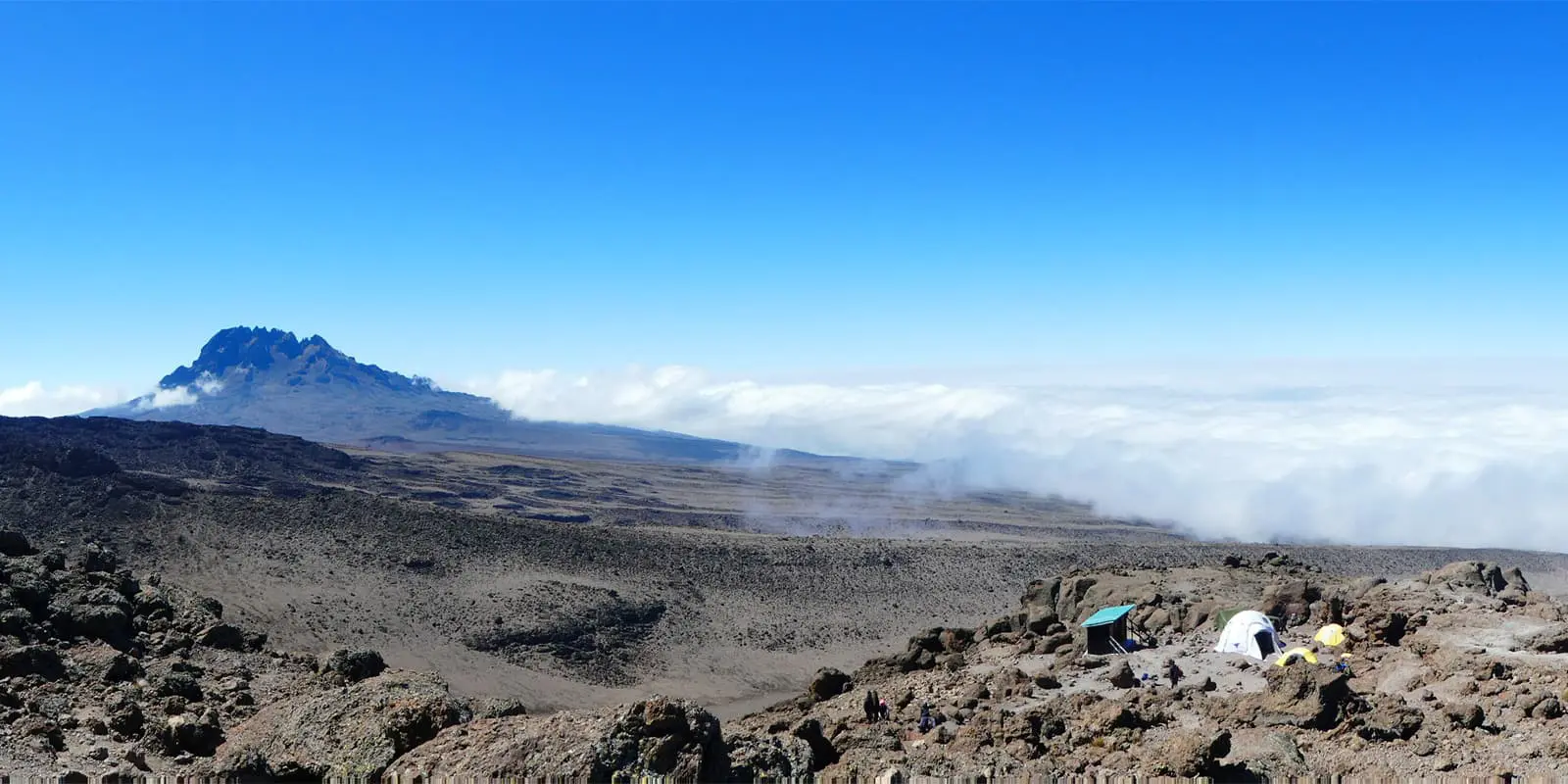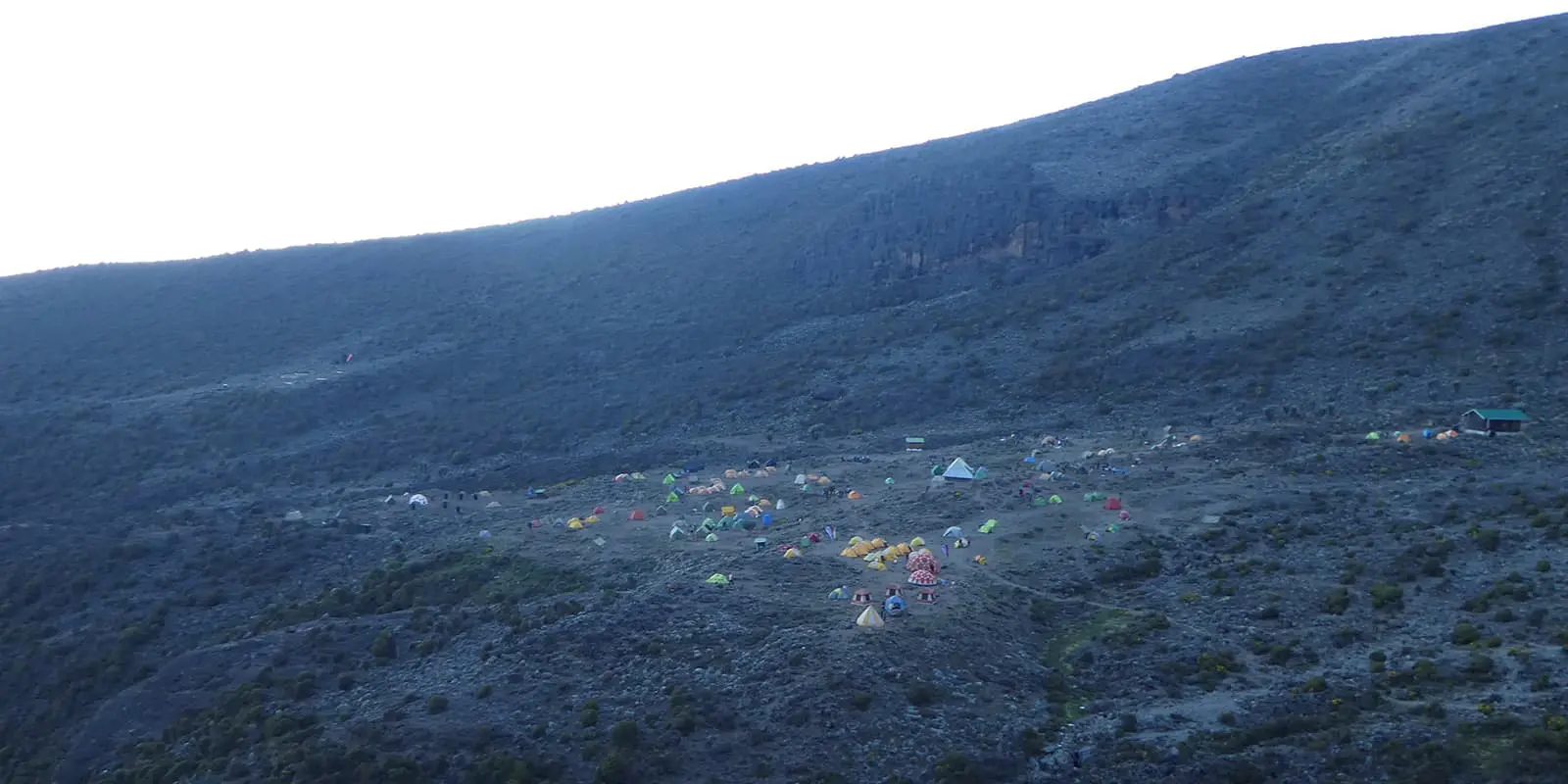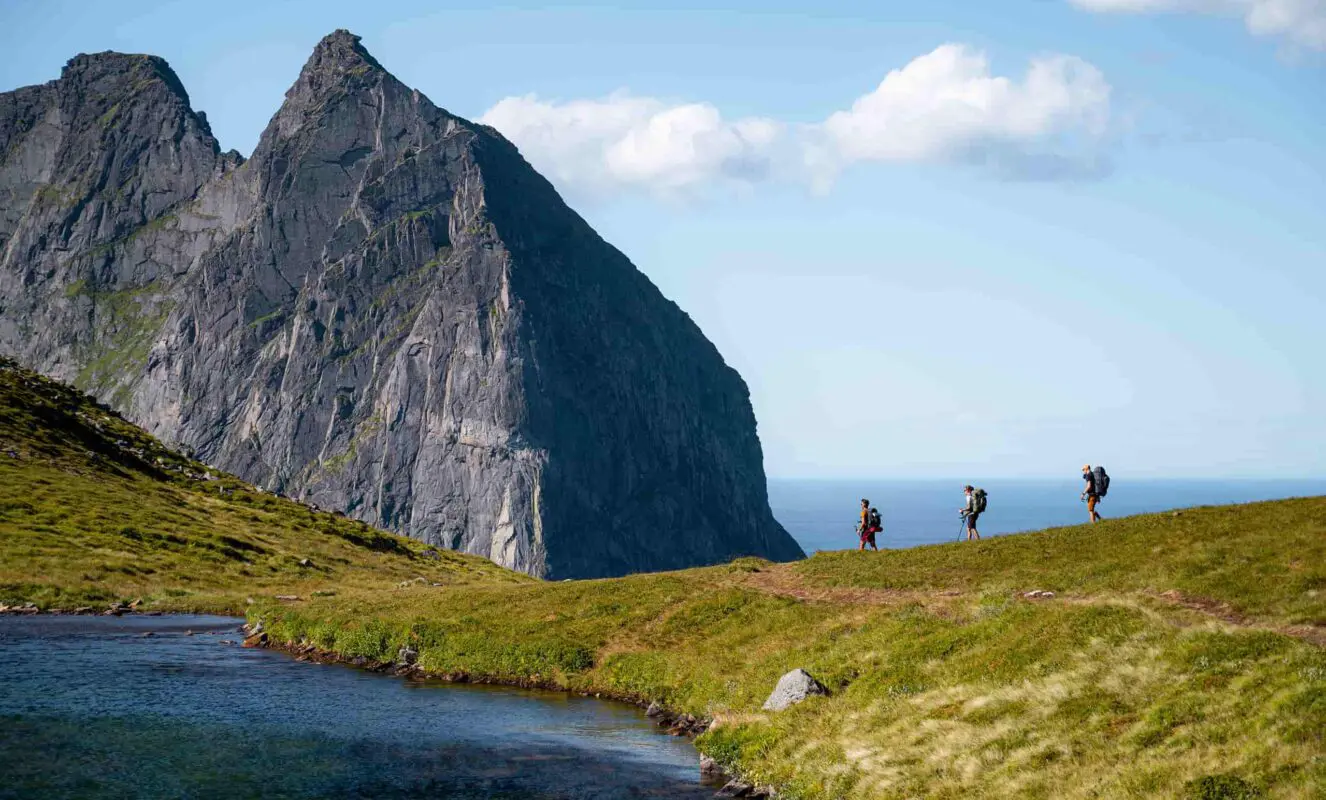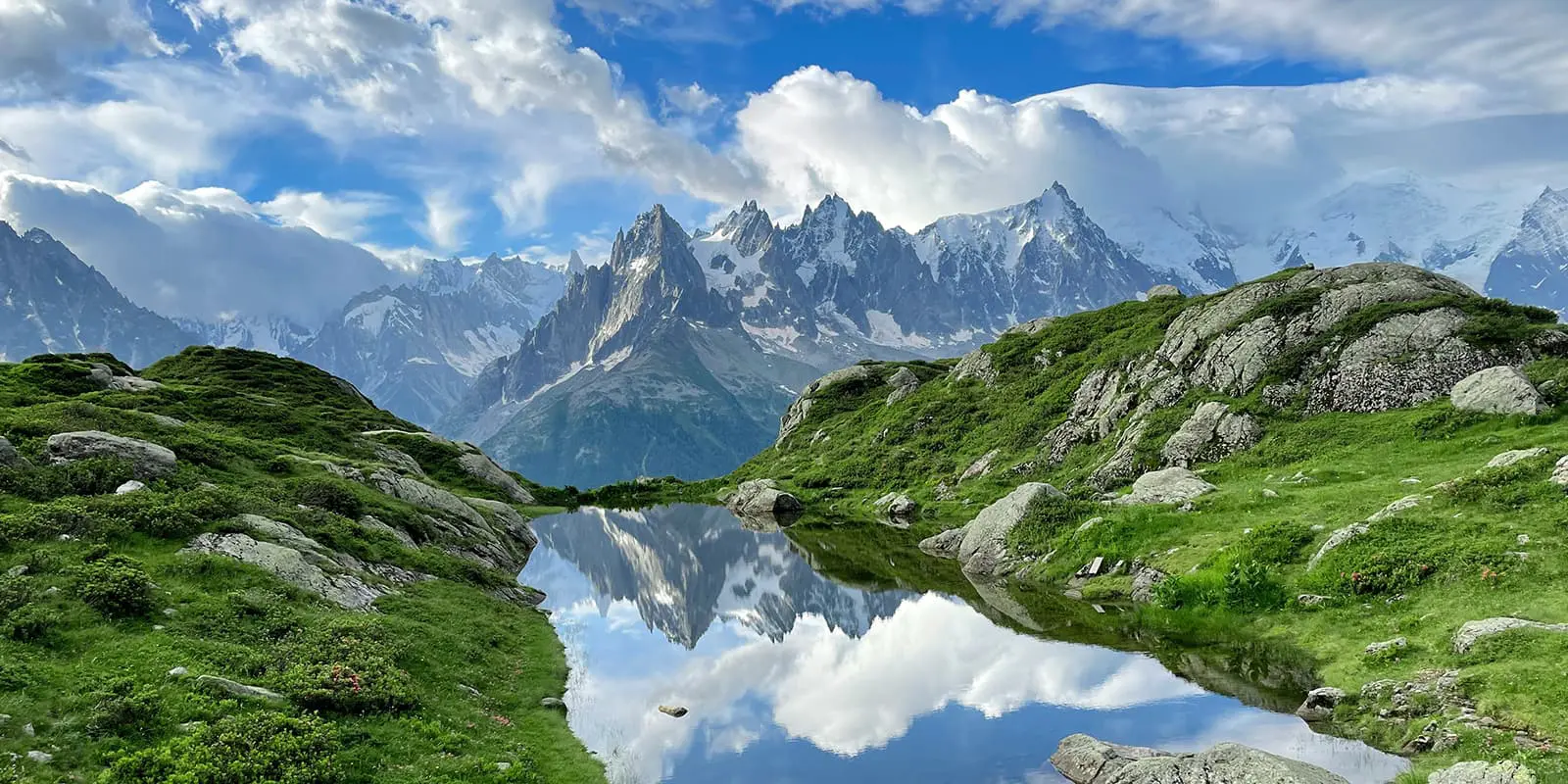From there, the days become more sparse, with almost no vegetation. The trail is rocky and dusty, with little shade. You’ll continue the steady climb that can potentially tiring due to altitude. The trail narrows in parts, and you’ll see Barafu Camp in the distance.
You’ll summit Kiliminjaro from Barafu Camp on a slow, steep ascent. The trail is a mix of loose scree and packed dirt. Most climbers are moving in silence, focused on the rhythm of their steps. It’s dark and cold, but step by step, you reach Stella Point and then Uhuru Peak as the sun rises. You’ll likely begin trekking hours before sunrise to make it in time, so this is a game of sustaining your energy for a long trail.
Finally, after summitting, you’ll head back down. The descent follows the Mweka Route, which will give you a different perspective of the mountain and reduce trail impact by spreading out the traffic.This route is faster but tough on the knees. Scree makes the upper trail slippery, so you may slide down sections, while the lower trails have firmer footing. After the high camps, you’ll soon be back in the rainforest zone, where it’s warmer and the trails are damp but manageable.
A few of the key highlights include the Shira Plateau (3,810m), where trekkers often witness their first stunning views above the clouds, and the imposing Lava Tower (4,630m) – a 300-foot volcanic rock formation that is used as an acclimatization point. The Barranco Wall, a 257m scramble that looks more intimidating than it is, is also an exciting challenge on day four.
With a success rate of roughly 80-85%, compared to the Marangu route’s 50-65%, the Machame Route will give you better acclimatization even though it has steeper terrain. It’s particularly popular among experienced hikers who want both challenge and scenic beauty, though its popularity means you won’t find much solitude during peak seasons (June-October and December-March).



